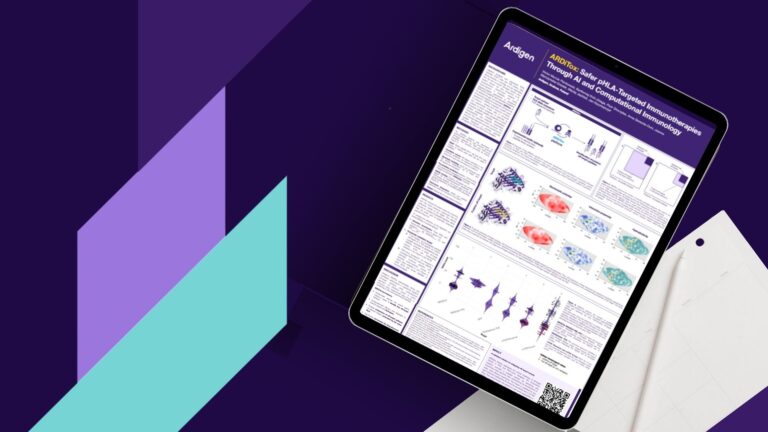At Ardigen, we are pushing the boundaries of AI in drug discovery. In our recent work, presented at SLAS Europe 2023, we showcased a powerful new approach for identifying active compounds in high-content phenotypic screens using deep learning and Cell Painting assay data. This research exemplifies how our phenAID platform can unlock biological insights from massive imaging datasets like JUMP-CP, driving forward the identification of promising drug candidates.
The Challenge: Navigating complex phenotypic data
The JUMP-CP dataset, one of the largest of its kind, includes images from ~120,000 chemical perturbations across multiple labs. While this wealth of data holds incredible potential, analyzing the vast number of morphological features it generates remains a key barrier for researchers aiming to identify hits—compounds that elicit a desired cellular phenotype.
Our dual approach to hit discovery
We tested two complementary strategies:
- CellProfiler-based Clustering: A classical approach leveraging feature extraction and dimensionality reduction (T-SNE) to detect clusters of compounds with phenotypes similar to known positive controls.
- Deep Learning-Based Classification: A novel method trained on labeled image pairs using contrastive learning to recognize subtle phenotypic patterns. The model identifies hit compounds by ranking their phenotypic similarity to a selected control.
We focused on two well-characterized control compounds: AMG900 (an Aurora kinase inhibitor) and FK-866 (a chemotherapeutic agent), chosen for their strong and distinct phenotypic effects.
Key findings: More hits, greater chemical diversity
- The deep learning model identified a broader set of hits (877 compounds) compared to the CellProfiler method (129 compounds).
- Among these, several top-ranking hits were already annotated in ChEMBL, including known Aurora kinase and pan-kinase inhibitors.
- Cheminformatic analysis revealed that while the DL-identified hits had less direct structural similarity to the positive control, they shared key substructures and demonstrated broader chemical diversity—highlighting the method’s ability to uncover novel chemotypes.
Conclusion: AI meets phenotypic screening at scale
Our study confirms that Cell Painting coupled with AI can robustly identify active compounds with novel structures and desired phenotypic effects. This scalable method enhances the hit discovery process and opens new possibilities in phenotypic drug design—especially for targets where conventional screening falls short.
We’re proud that this work was supported by the EU-funded HiScAI project, focused on developing AI-integrated cell-based platforms for diseases like neuroinflammation and fibrosis.




